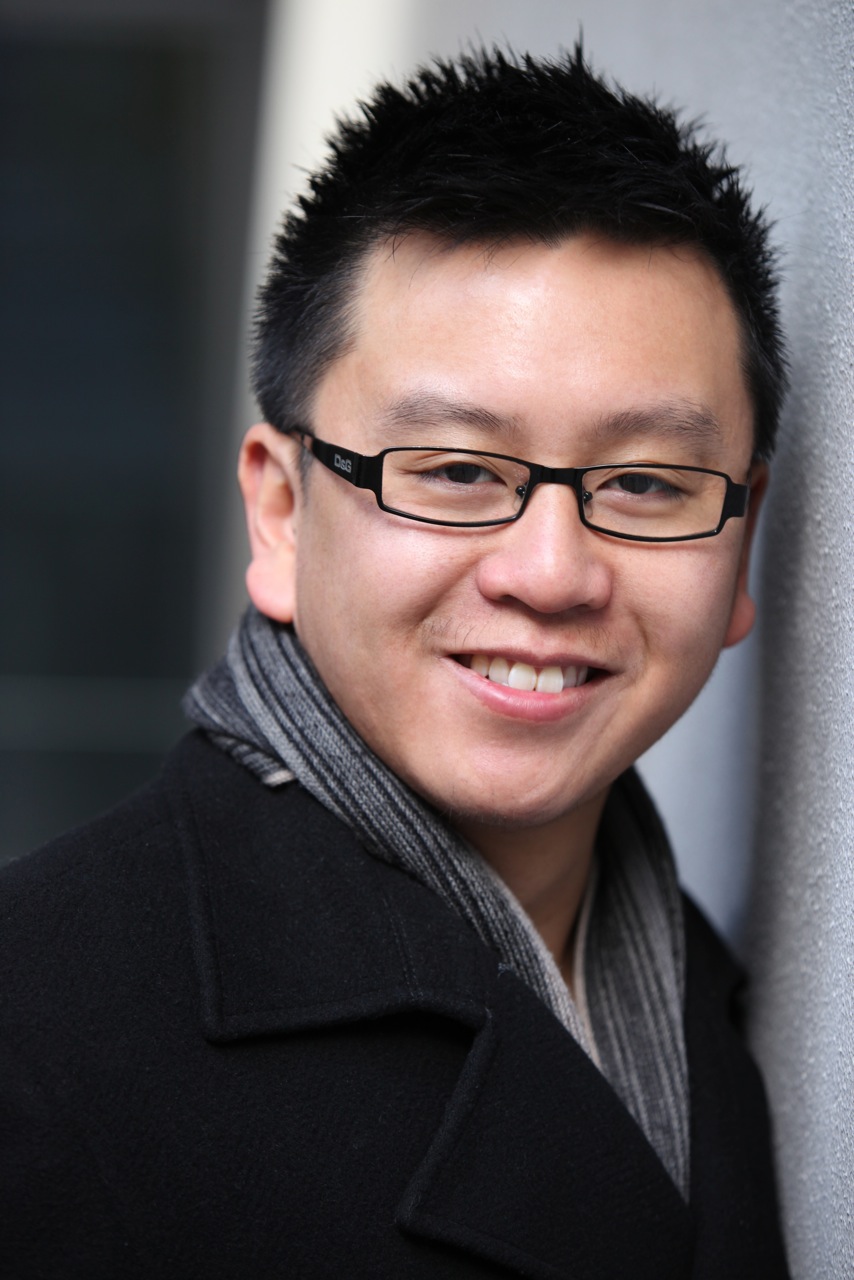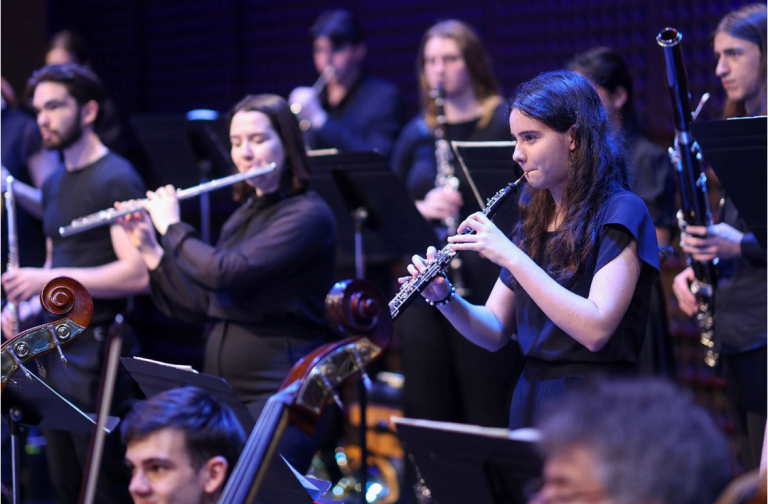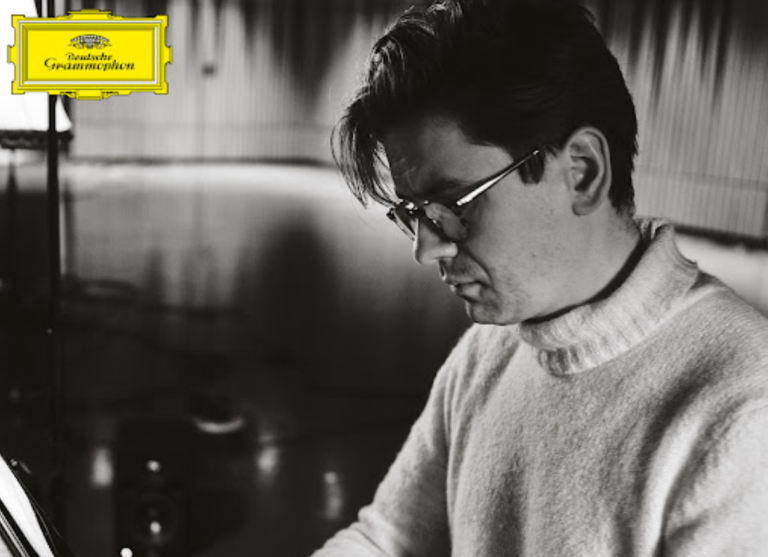High Cs a breeze for this coloratura tenor!
 Later this year a handful of young musicians from Sydney will leave for Europe to undertake post – graduate studies at various institutions. One of these is coloratura tenor Edmond Choo who is headed for London’s Royal College of Music. (See our post on his Farewell Concerts).
Later this year a handful of young musicians from Sydney will leave for Europe to undertake post – graduate studies at various institutions. One of these is coloratura tenor Edmond Choo who is headed for London’s Royal College of Music. (See our post on his Farewell Concerts).
Building a career demands a careful juggling of opportunities, and Choo is putting his “day job” with Opera Australia on hold to undertake this 2 year Masters in Performance.
Some might consider that affirmations of his choice of career came early. “I was extremely fortunate as I had just come out of a tertiary institution and went straight into a vacant full-time chorus position with Opera Australia” he says. Earlier experiences were powerful too. When he was 6 he was cast as a Royal Child in The King and I and that year joined the Australian Boys Choral Institute. At school he studied piano, trombone, French horn, euphonium, percussion and voice. He even managed to fit in one term of oboe tuition, until it was discovered he’d forged a note giving his mum’s permission for lessons!
Of those early defining moments, Choo says “Singing in the ‘King and I’ gave me my first taste of what it was like to be part of a professional production, on stage under lights in front of a large audience. It was such an amazing experience for a 6 year old and it gave me an incredible buzz seeing an audience enjoying something that I was a part of. I knew then that singing was what I wanted to do. Whenever I perform in public I strive for the same buzz that I felt all those years ago. If I see that the audience is enjoying my performance and getting something out of it, then I know I’ve done a good job”.
Choo has gone on to significant cameo roles with Opera Australia as well as performing solos in a range of sacred works. Before leaving for London Choo will sing the role of Hadji in Opera Australia’s production of Lakmé at the Sydney Opera House.” I have had the opportunity to perform and cover small roles and be exposed to some phenomenal singers, directors, coaches and conductors that I would never have had the chance to work with if it was not for this job” he acknowledges.
Yet, the choices have not always been easy. Choo recalls the weight of cultural expectations: “Being of Asian descent, our parents had some rather strong views when it came to music. They constantly reminded us that music was a recreational activity and not a viable career path, a viable career being medicine, law, dentistry or engineering”.
Older brother Henry- a popular principal tenor with Opera Australia – has been a significant influence on his life as well as blazing a trail for the younger tenor to follow. He adds touchingly, “My brother would probably be one of, if not the most influential and inspirational person in my life thus far. He is eight years older. There was much parental opposition that Henry bore when he decided to make singing his career, but after years of heated discussions and a successful ongoing operatic career, he was able to convince them to change their views allowing me to pursue my singing dream without any parental resistance. His conviction to succeed in spite of opposition has always been a great inspiration”.
The term “coloratura” in isolation is usually applied to the soprano voice. Essentially it means the same when applied to another “fach” (voice type). It is derived from the Italian word colorare (to colour, or enliven). Joan Sutherland, Cecilia Bartoli, Natalie Dessay, Juan Diego Flores, Enrico Caruso and Luciano Pavarotti have all executed a variety of roles, but they have the vocal range and athleticism required of a coloratura singer.
Possibly the best known coloratura aria is sung by The Queen of the Night in Mozart’s The Magic Flute.There are also the tenor arias La donna e mobile from Verdi’s Rigoletto, and Every Valley from Handel’s Messiah.
The demands on the coloratura singer are stringent: “The thing about coloratura tenors is that we’re required to sing repertoire that’s usually high and fast. I think the hardest part for me, is to remind myself to practice my semiquaver runs. As the saying goes, ‘If you don’t use it, you lose it’ and this is very true of coloratura. If I go without practicing them for a while, I usually face a ‘world of pain’ when it comes to coloratura passages found in arias like ‘Ecco ridente in cielo’ from Rossini’s The Barber of Sevilleand ‘Languir per una bella’ from Donizzetti’s The Italian Girl in Algiers”.
Certainly the major repository of music for coloratura voices is in the 18th and 19thcenturies. There seems to be little newer material to challenge them. But at 26, Choo is wisely, in no hurry to accelerate his vocal development. He says “There is a good range of repertoire that I could do, but I’m definitely in no rush to jump into anything that I’m not ready for. Some of the Bellini operas would suit me well such as I Capuleti e i Montecchi and La Sonnambula, but I would LOVE to do the role of Tonio in La Fille du Régiment sometime in the near future. ‘Ah, mes amis!’ with its 9 top C’s is currently my favourite party piece”.
Leaving family and friends will be undeniably hard, but Choo has his eyes on the international scene. “At my current stage of development, I see my study in London as a ‘finishing school’, adding the final touches that will put me on the path to achieve my goal of becoming an international operatic artist. Moving to London is going to be a big change, but being so close to the rest of Europe will give me the opportunity to immerse myself within its strong operatic culture. It is my dream to come back one day and perform major roles with Opera Australia at the Sydney Opera House”.
Edmond Choo presents a series of Farewell Concerts in Sydney between July and August. See our post for more information on these concerts.
SdeS





One Comment